Foot Model Sells Wine from Grapes Crushed with Her Bare Feet for $130 a Bottle

An English foot fetish model has launched a limited-edition wine made by crushing grapes with her feet and selling it to her adoring fans for £100 ($128) per bottle. 30-year-old Emilie Rae claims she was contacted by London-based winery Renegade Urban Winery about a collaborative wine project because of her expertise in ‘foot work’. The […]
Just in Time for Halloween: Company Launches World’s First Coffin-Aged Wine
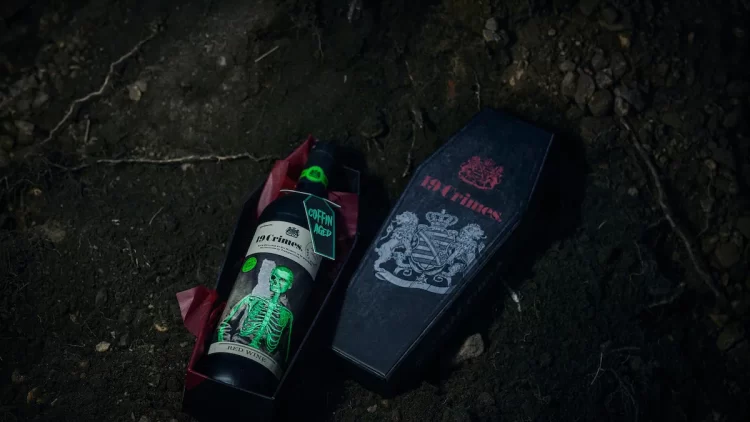
English wine brand 19 Crimes might just have created the world’s most sinister red wine. They took 100 bottles of wine, put them in a coffin, and buried them six feet under in a creepy Victorian cemetery. If you’re looking for the most appropriate wine to sip on on Halloween night, look no further than […]
$2.70 Supermarket Wine Wins Gold Medal at International Wine Contest
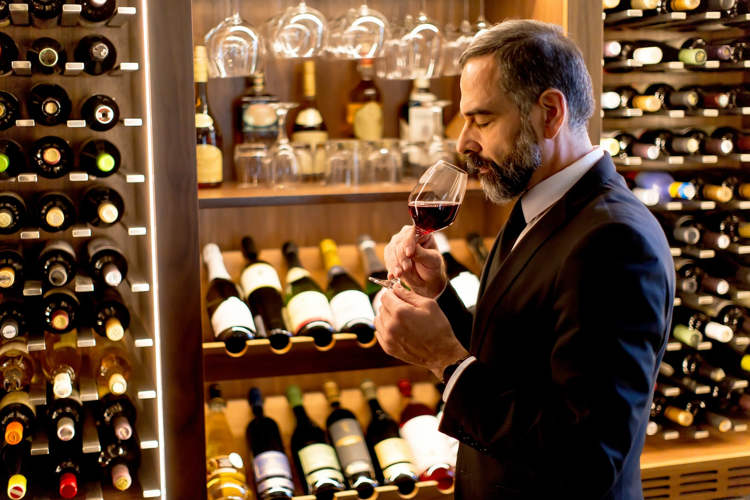
The judges of the prestigious Gilbert et Gaillard international wine competition were duped into awarding this year’s gold medal to a €2.50 ($2.70) supermarket wine they deemed “exceptional”. Ever wonder how the average person chooses wine at a supermarket? Well, it turns out that having one or more medals plastered on the bottle can increase […]
World’s Smallest Vineyard Produces Only 29 Bottles of Wine a Year And You Shouldn’t Drink Them
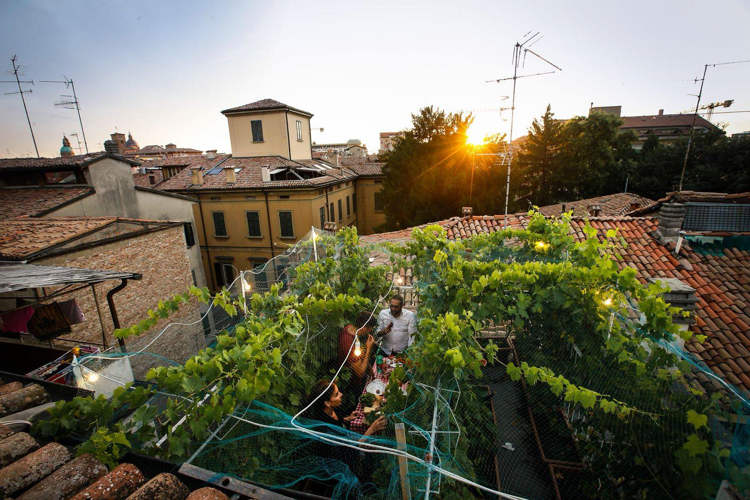
At just over 200 square feet in size and a yearly yield of 29 bottles of wine, Via Mari 10 is considered the world’s smallest vineyard. Located on the rooftop of a 16th-century palazzo in the heart of Reggio Emilia, Via Mari 10 – named after the name and number of the street – is […]
Spanish Winery Invents Wine-Flavored Water That Doesn’t Get You Drunk
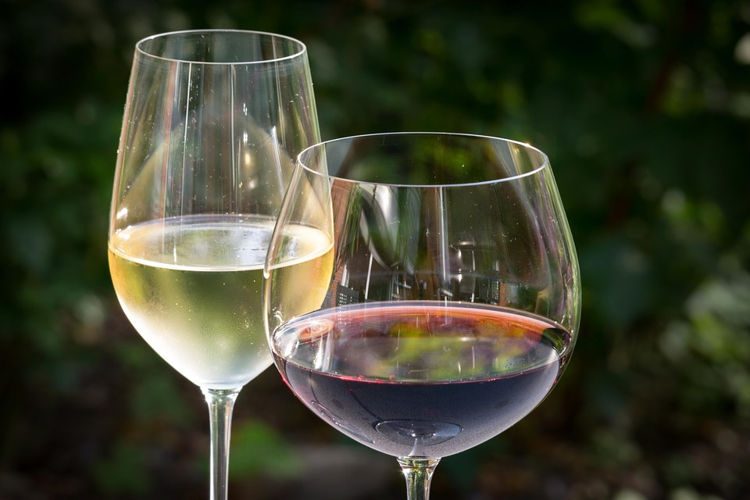
A winery in Spain’s Galicia region recently unveiled a revolutionary wine-flavored water that allows consumers to enjoy the taste of red or white wine without worrying about getting drunk or putting on weight. Called Vida Gallaecia, the enriched water is the result of a two-year collaboration between the Bodega Líquido Gallaecia winery and scientists at the State Agency […]
Would You Pay $30,000 for a Bottle of the World’s Most Expensive Wine?

With prices starting at 25,000 euros per bottle, AurumRed Gold is considered the world’s most expensive wine. It is made from Tempranillo vines that have to be at least 100 years old, using a mix of modern and traditional techniques, but what really sets it apart from other wines is the use of ozone therapy, an alternative medicine […]
Belgian Winemaker Creates White Wine That Tastes Like Beer
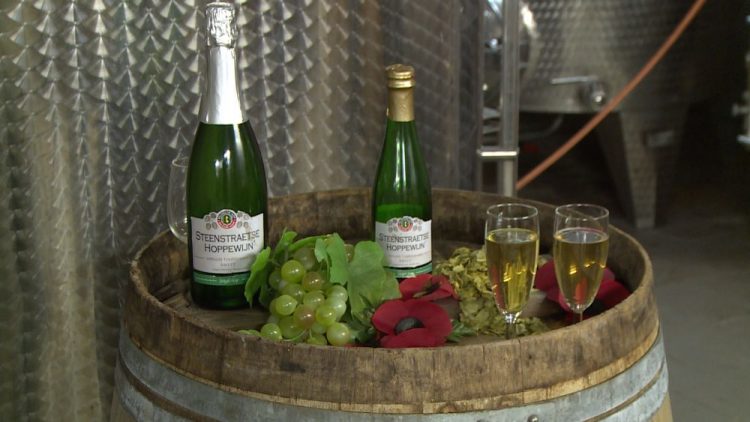
Having trouble deciding between white wine and beer? Thanks to artisan wine maker in Belgium, you can now have both in the same bottle. 49-year-old Filip Decroix, an experienced winemaker from Ypres, has spent the last year trying to perfect the formula for his “Steenstraetse Hoppewijn”, a sparkling white wine with a beer-like bitterness created […]
Spanish Wineries Are Now Making Wine in All Colors of the Rainbow
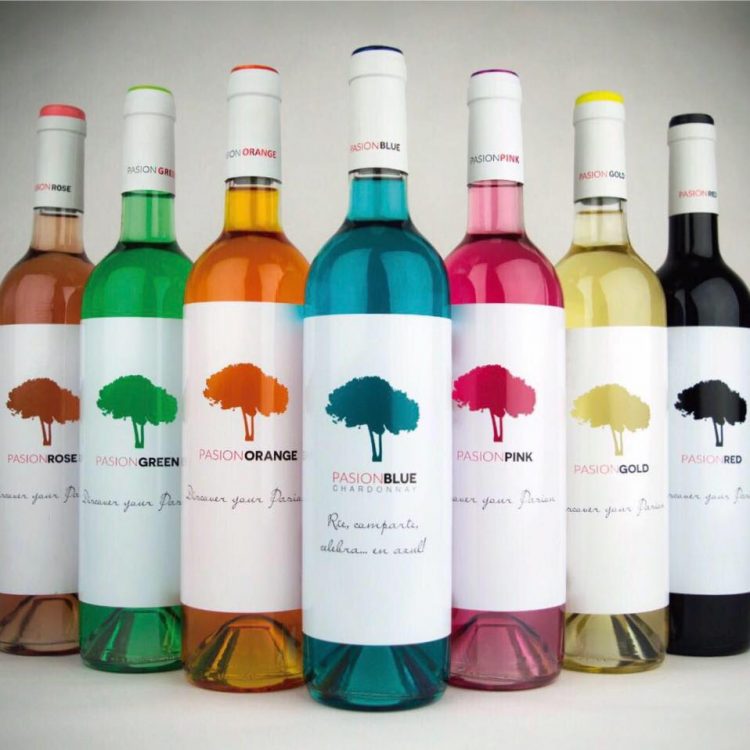
People have been making wine of thousands of years, but in only three colors – red, white and rose. But not anymore. Spanish companies have come up with ways to make all-natural wines in pretty much any color imaginable, from vibrant blue to green and even pink. It all started last year, when Spanish startup […]
Aging Wine on the Bottom of the Sea Could Become a Thing in France
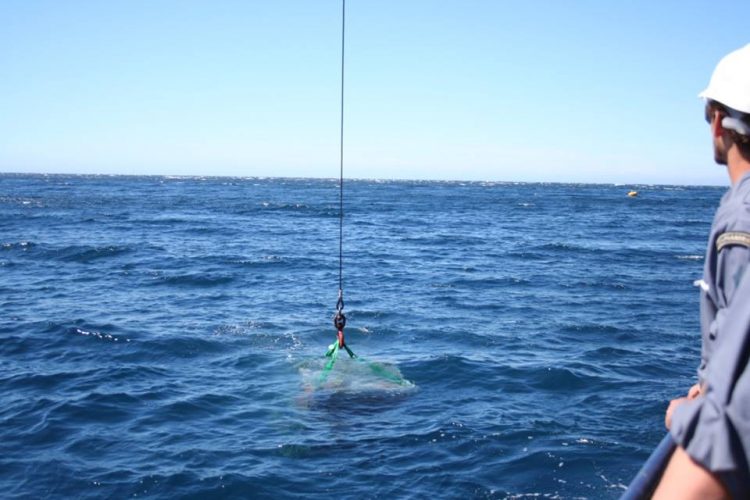
Two years ago, a winemakers’ association in France dropped 120 bottles of red, white and rosé wine at an undisclosed location in the Mediterranean Sea, as part of an experiment to see if sea bed aging yields better results than traditional cellar aging. Members of “Les vins de Bandol” winemakers association said that they were […]
Cuban Winemaker Uses Condoms to Ferment His Wine
65-year-old Orestes Estevez, a winemaker from Havana, Cuba, has come up with a very ingenious use for latex condoms. He places them over large jars of grape and fruit juice and they let him know exactly when the fermentation process is completed. Condoms are very popular in Cuba, but not just as a contraception method. […]
This Drip-Proof Wine Bottle May Be the Greatest Scientific Breakthrough of Our Time
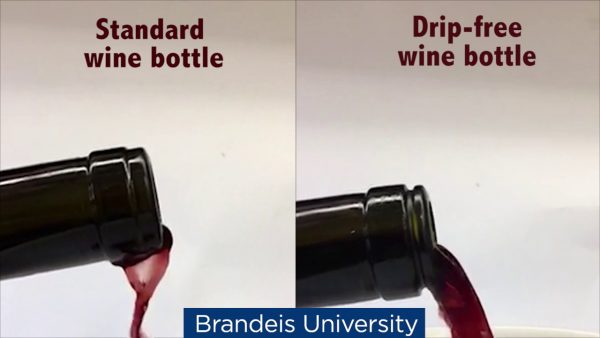
If you’ve ever poured wine out of a glass bottle, you’re already familiar with that annoying yet inevitable stream of spillage on the side of the bottle. It’s been a bane of wine aficionados for centuries, but no more, thanks to this drip-proof wine bottle created by a biophysicist. Humanity has come a long way in […]
Introducing the World’s First Natural Blue Wine
Red, white and rosé wines have been around for hundreds of years, and if you’ve gotten a little bored with them you’ll be happy to know that you can now enjoy a cup of bright blue wine, as well. Spanish startup Gïk has spent the last two years working with scientists at the University of the Basque Country […]
Jesus-Inspired Miracle Machine Turns Water into Wine

Up until a few days ago, Jesus was the only one who could turn water into wine. Now it seems anyone can do it. All they need is one of these $499 miracle bottles, water and some special ingredients. The aptly named Miracle Machine is pretty straightforward – water goes in, wine comes out. And there’s […]
Conrad Engelhardt’s Stained Wine Cork Paintings

London-based artist F. Conrad Engelhrdt has set up an ingenious recycling scheme by collecting discarded wine corks from various restaurants around the English capital and using them to create unique paintings. This isn’t the first time wine and corks have been used as art mediums. In the past we’ve featured artists who paint with wine, […]
Dresses Made from Red Wine Probably Look Better with Time

A team from the University of Western Australia have added a bacteria to red wine and managed to create a cotton-like fabric that can be used to make anything from dresses to t-shirts and swimwear. Although still in the early stages of development, this technique of making clothes from wine could one day become mainstream, at least […]
